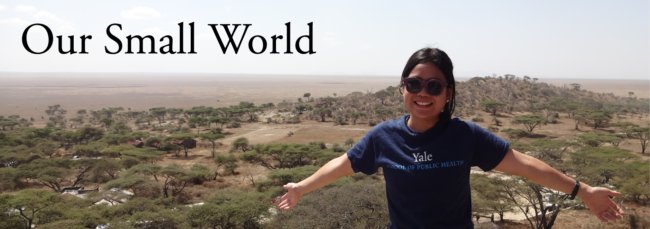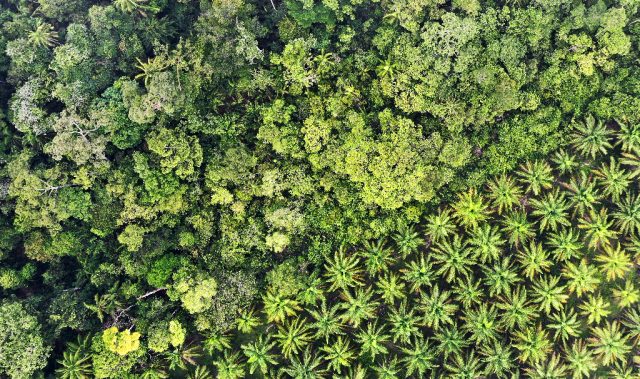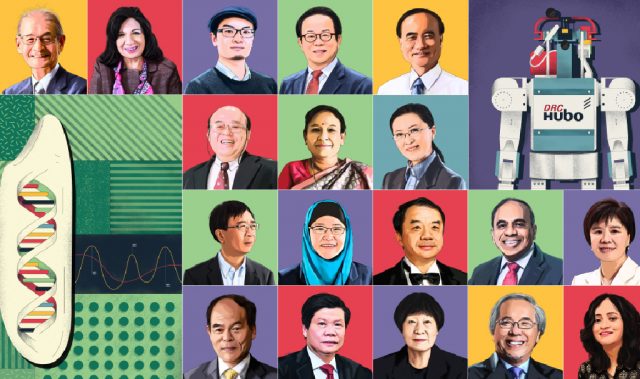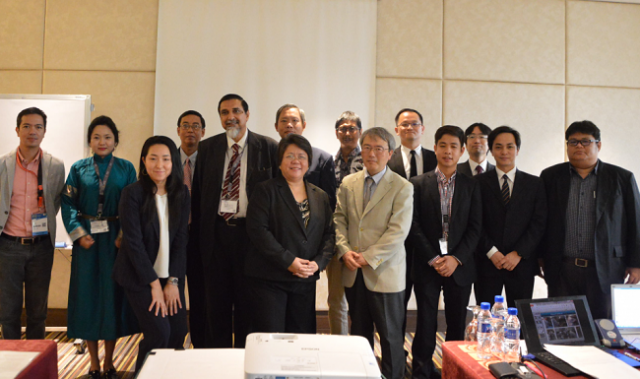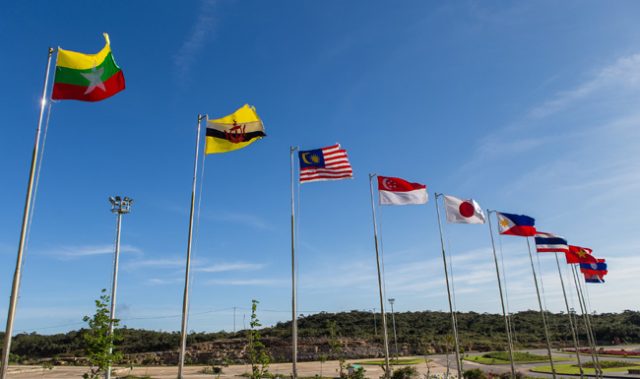
AsianScientist (June 2, 2014) – Migrant and refugee health has never been at the epicenter of public health issues. During my graduate school career—which is now over, might I add—I only came across one class that was about refugee health. Just one. Most other classes at the school revolved around the epidemiology of cancer, heart disease and infectious diseases. And even then, I had neither time nor course credits to take this class.
Despite my regrettable lack of academic and practical expertise in refugee crises and health, I think that it is entirely necessary to talk about the Rohingya refugee crisis in Southeast Asia. It is a problem that is both difficult to comprehend and to ignore.
Fleeing persecution
The pictures that have been plastered all over the media paint a picture of desolation, suffering and desperation. There have been endless pleas for Malaysia to help the boatloads of migrants at sea, where hundreds have died. The numbers are astounding.
According to the International Organization for Migration (IOM), there are an estimated 25,000 South Asian migrants who have taken to the seas on dangerously overcrowded boats. Some 115,000 have been displaced by the conflict, residing in Burmese refugee camps along the Thai border. In total, there are 800,000 Rohingya residing in the Rakhine state that borders Bangladesh.
A Human Rights Watch report has said that atrocities have been committed against the Rohingya Muslims since June 2012. The Burmese authorities—which include local police, the army and the navy—and members of Rakhine groups, have carried out crimes against humanity in a campaign to ethnically cleanse the Rakhine state of Rohingya Muslims. The Rohingya Muslims are neither recognized nor protected by the Burmese government and are said to be one of the most persecuted minorities in the world.
As a result, many of the Rohingya Muslims leave for would-be safe houses: Malaysia and Indonesia seemed like ideal candidate nations.
The feelings were not reciprocated.
Malaysia and Indonesia have been reluctant to take up the migrants. At first, Malaysia so blatantly turned away the migrant boats, reportedly giving them food and fuel to be on their way back to Myanmar, much to the dismay of the United Nations and international non-governmental organizations. [At the time of writing, however, both Malaysian and Indonesian navies have been sent to look for survivors at sea.]
Among some of the reasons given was the fact that refugees would bring up a whole host of diseases such as TB and HIV across the borders. This seems farcical given that thousands of illegal immigrants from Myanmar already reside in Malaysia, often seen working in eateries.
Refugee camps: lessons from Kenya
However, as history as shown, refugee health and welfare is more complex than simply “food and fuel.” The Dadaab refugee camp in Kenya, the largest camp in the world, houses an estimated 350,000 people. The camp has been run by the United Nations for 24 years, when the Somali Civil War began in the early 1990s and when thousands of refugees flocked to Kenya. The war continues. Refugees are not certain if they can ever return, although many have mixed feelings about repatriation.
Many refugees grow up in camps, having been born in the camp or arriving as babies. Camps are essentially home to a new generation of Somalis. Some girls, who arrive from villages where education for females is forbidden and female genital mutilation is practiced, are able to receive an education at refugee camps, picking up everything from leadership training to electronic records management.
Refugees also receive healthcare in camp, run by UN officials. The top five killers of children under five in camps are malaria, malnutrition, measles, diarrhea and respiratory tract infections. The UN works to counter communicable disease outbreaks in camp in surveillance and prevention efforts. Mental health among refugees is also of utmost importance, with many suffering from post-traumatic stress disorder (PTSD) and depression.
While some stories paint a rosier picture of refugee camps, illnesses, food shortage and clean water are all heavy issues camp officials need to address. The camp’s existence also is dependent on the host country’s goodwill; the Kenyan government has been instrumental in Dadaab’s existence. Further, despite having grown up in the country, citizenship is not likely, and returning to one’s home country is also uncertain.
Three decades of neglect
The Rohingya have no home, having been persecuted since the 1980s. Under the General Ne Win and the rise of the military junta in 1962, an ultra-nationalist extremist ideology took root—“Myanmarisation”. The Rohingya became effectively invisible under the Citizenship Law in 1982—stateless, anonymous and worthless. Such atrocities have gone by quietly during the past three decades.
The humanitarian tragedy is that the Rohingya refugee crisis has just only begun to capture the attention of its neighbors in the Association of Southeast Asian Nations (ASEAN), and not one ASEAN neighbor is willing to take them in. Even though number of boats has decreased in recent weeks, the problem will not disappear. As such, the Rohingya will continue to remain invisible until somebody decides to give them recognition beyond “food and fuel.”
This article is from a monthly column called Our Small World. Click here to see the other articles in this series.
——
Copyright: Asian Scientist Magazine; Photo: European Commission DG Echo/Flickr/CC.
Disclaimer: This article does not necessarily reflect the views of AsianScientist or its staff.



